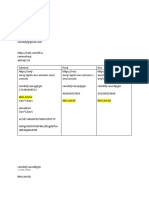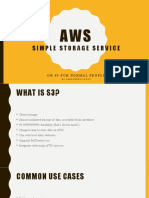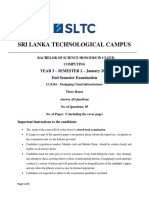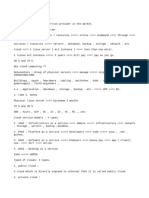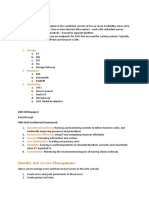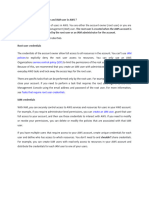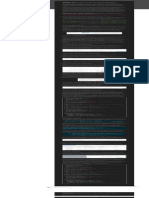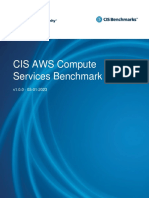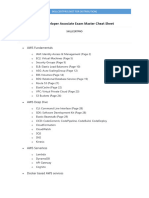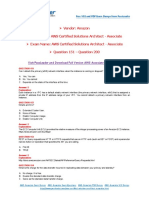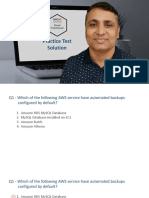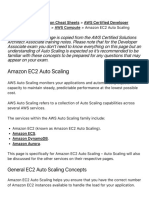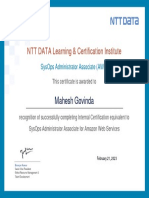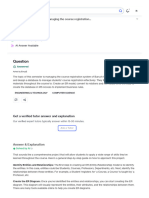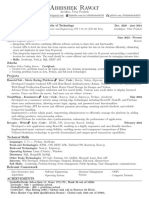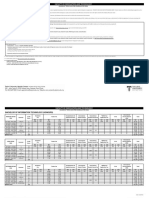0% found this document useful (0 votes)
109 views2 pagesTerraform
The terraform init command initializes a Terraform configuration. The terraform validate command validates the configuration files locally without accessing remote services. The terraform plan command validates changes and references remote state and resources, while validate only checks syntax and consistency locally. The terraform fmt command rewrites configuration files into a canonical format. The core Terraform workflow has three steps - write infrastructure as code, plan changes, and apply changes.
Uploaded by
Ajay Babu MCopyright
© © All Rights Reserved
We take content rights seriously. If you suspect this is your content, claim it here.
Available Formats
Download as PDF, TXT or read online on Scribd
0% found this document useful (0 votes)
109 views2 pagesTerraform
The terraform init command initializes a Terraform configuration. The terraform validate command validates the configuration files locally without accessing remote services. The terraform plan command validates changes and references remote state and resources, while validate only checks syntax and consistency locally. The terraform fmt command rewrites configuration files into a canonical format. The core Terraform workflow has three steps - write infrastructure as code, plan changes, and apply changes.
Uploaded by
Ajay Babu MCopyright
© © All Rights Reserved
We take content rights seriously. If you suspect this is your content, claim it here.
Available Formats
Download as PDF, TXT or read online on Scribd
/ 2





